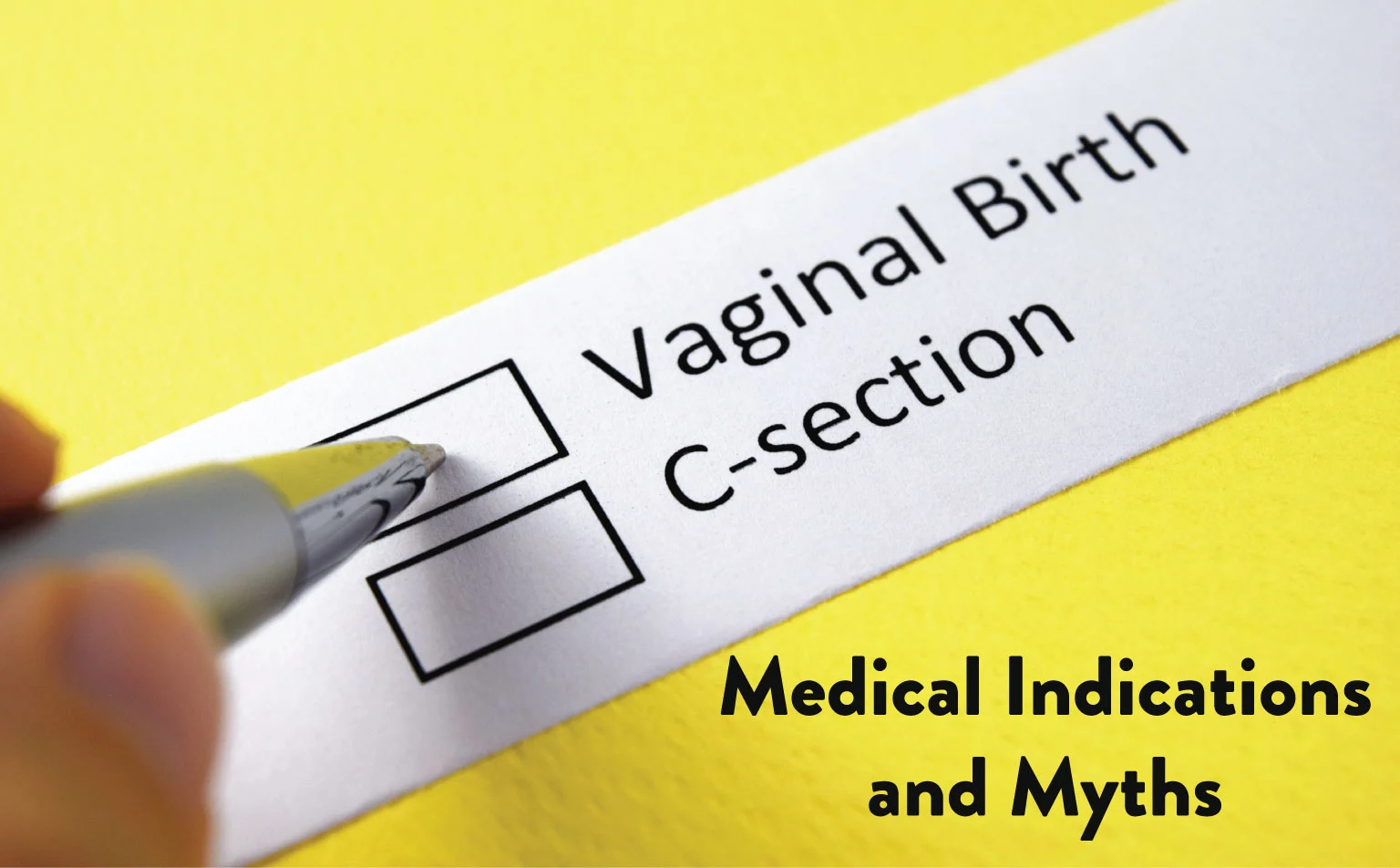
C-Section (Cesarean Section) is a surgical procedure used to deliver a baby through incisions in the abdomen and uterus. It may be medically necessary in certain situations, such as:
Fetal distress: When the baby shows signs of not tolerating labor.
Breech position: If the baby is not head-down.
Placenta previa: When the placenta covers the cervix.
Multiple pregnancies: For twins or higher multiples in some cases.
Health conditions: If the mother has certain medical conditions like heart disease or high blood pressure.
Vaginal Birth is the natural way of delivering a baby and is typically preferred unless there are complications. Benefits include quicker recovery, lower risk of infection, and easier breastfeeding initiation.
Myths:
Myth 1: “C-sections are always safer than vaginal birth.” C-sections involve a longer recovery time and higher risks of complications like infection or blood clots.
Myth 2: “Vaginal births are always risk-free.” While generally safer, vaginal births can also involve risks like tearing or pelvic floor issues.
Myth 3: “A C-section means a perfect outcome for the baby.” Babies born via C-section may face a higher risk of respiratory issues and are not exposed to the beneficial bacteria from the birth canal.
Ultimately, the decision between C-section and vaginal birth depends on medical indications, maternal health, and doctor recommendations, with both options having their own risks and benefits.